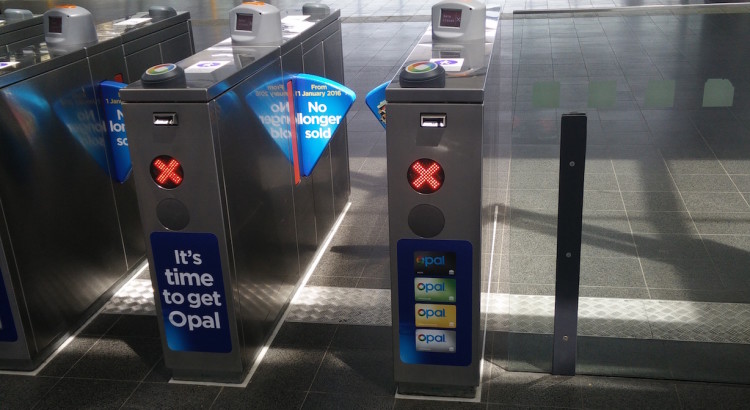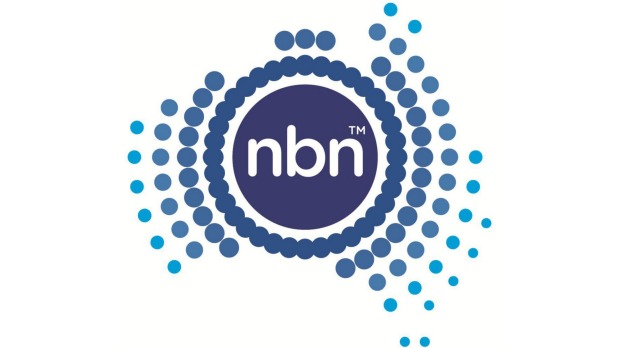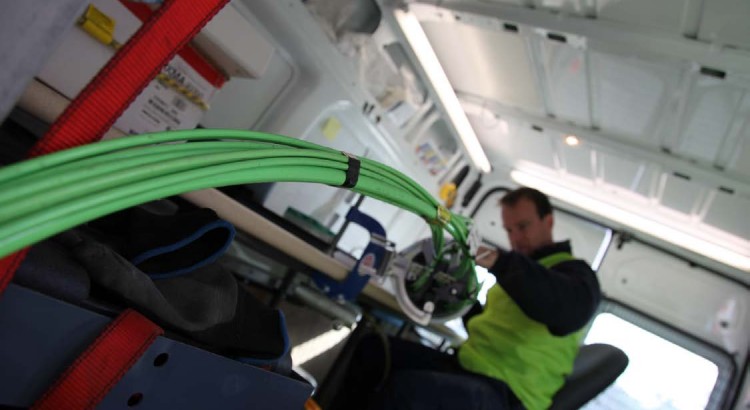Commuters travelling more than 10 journeys per week will pay on average $255 more per year.
In a classic pre-Christmas news dump, the Independent Pricing and Regulatory Tribunal (IPART) released its draft report into the review of public transport fares in Sydney and surrounds.
The review’s aims were clear — to remove the penalty commuters currently endure when switching between different modes of transport. In doing so, the revenue will decline and to plug this revenue hole — a raft of changes about fare caps and rewards have been introduced.
After reading the “thrilling” 106 page report, what becomes immediately apparent after reading the report is that it’s not easy for your average Joe to compare fares and see how it may affect them.
So, knowing me, you’d probably guess that I’d build some fandangled app to do it… and I did: opalcompared.com.
The rest of this blog post will be split into two main sections, for different audiences:
- a findings (based on some 12 thousand calculations done by visitors) section
- a technology section (on how the app was built)
Findings
During the short time since the launch of Opal Compared, it had accumulated over 12,000 weekly journey calculations. Through this, a few interesting trends had started to emerge:
(A small note: the statistics are based on a snapshot of around 12,000 Adult Opal fare calculations made on Opal Compared up till about 27th December 2015)
Travellers with over 10 journeys per week will have the highest fare increase
Probably summed up perfectly in this chart below, the more journeys you take on a weekly basis — the higher the average fare increase. The less journeys you take, the more you save.
Source: Opal Compared (opalcompared.com)
The point where the average crosses over is at exactly the 10 journey mark. Commuters who travel more than 10 journeys per week will on average pay $4.90 more per week (or $254.80 per year — if you budget on an annual basis). Those who travel less will likely pocket a healthy discount of $3.49 per week on average.
This baffles me. The proposed Opal fares seem counter-intuitive since the proposed fare changes will disincentivise people from using public transport.
It simply doesn’t make sense to reward those commuters who contribute the least to revenue. Shouldn’t IPART be looking on setting fare structures that reward those commuters who travel the most, encouraging more people to use more public transport thus increasing revenue?


